Christie’s Hong Kong Spring Sales of Magnificent Jewels realised HK$562,968,750 / US$72,092,401
Lot 2093. A magnificent 8.01 carat fancy vivid blue diamond and diamond pendant necklace by Moussaieff. Estimate HKD 159,850,000. Sold for HK$159,850,000 / US$20,470,000, US$2.55m per carat. © Christie's Image Ltd 2018
HONG KONG - The sale attracted 111 buyers from 18 countries across 5 continents.
Vickie Sek, Deputy Chairman and Director of Jewellery Asia, commented: “In a selective market, the sale saw healthy demand from collectors and professionals alike who bid for top quality jewellery and gemstones, realising record prices for a pair of Paraiba tourmalines and a coloured diamond bracelet designed by Edmond Chin for Boghossian. The Rockefeller pearl necklace achieved US$2m, having previously been sold at Christie’s Geneva in 1998 for US$500,000. We look forward to the continuation of our jewellery spring season at Christie’s Paris, New York and London.”
Top Ten.
Lot 2093. A magnificent 8.01 carat fancy vivid blue diamond and diamond pendant necklace by Moussaieff. Estimate HKD 159,850,000. Sold for HK$159,850,000 (US$20,470,000), US$2.55m per carat. © Christie's Image Ltd 2018
Suspending a pear-shaped fancy vivid blue diamond, weighing approximately 8.01 carats, surmounted by a circular-cut fancy intense pink diamond, weighing approximately 1.60 carats, to the similarly-cut diamond spacer, weighing approximately 0.35 carats, joined to the collet-set diamond double neckchain, mounted in gold, 41.6 cm, in Moussaieff case. Signed Moussaieff
Accompanied by report no. 5161611544 dated 18 September 2014 from the GIA Gemological Institute of America stating that the 8.01 carat diamond is fancy vivid blue colour, internally flawless clarity, with excellent polish
Report no. 2185627370 dated 17 November 2017 from the GIA Gemological Institute of America stating that the 1.60 carat diamond is fancy intense pink colour
Report no. 6282523389 dated 24 March 2018 from the GIA Gemological Institute of America stating that the 0.35 carat diamond is D colour, VS1 clarity, with excellent cut, polish and symmetry.
Lot 2092. An exclusive coloured diamond, diamond and seed pearl bracelet, by Edmond Chin for the House of Boghossian. Estimate HK$ 16,000,000-25,000,000 (US$2,000,000-3,200,000). Sold for HK$ 34,900,000 (US$4,469,209). © Christie's Image Ltd 2018
The highly articulated seed pearl band set with vari-shaped multi-coloured diamond flowerheads and buds, interspersed with circular-cut diamond leaves, the reverse embellished by single-cut diamonds, mounted in gold, 18.0 cm, in white leather Boghoassian case. Signed Boghossian
Please note that some coloured diamonds have not been tested for natural colour.
Accompanied by thirty-two reports dated from 31 August 2005 to 4 February 2017 from the GIA Gemological Institute of America stating that the 0.77 to 0.14 carat diamonds range from fancy vivid, fancy intense, fancy, fancy dark, fancy deep, red, purplish red, pink, orangy pink, purplish pink, blue, gray-blue, green-blue, grayish violet, bluish violet, green, yellow-green, blue-green, bluish green, yellowish green, yellow-orange, yellowish orange, green-yellow colour, VVS2 to I1 clarity
The Boghossian ‘Manuscript’ Coloured diamond bracelet. Uniting the Ancient and the Modern.
It is not a lack of imagination that leads the designer to look to the past for inspiration - rather, it takes a great leap of the imagination to see how motifs hundreds, if not thousands of years old can be relevant to modern times.
An immense amount of technical knowledge and skill was required in order to translate the complex design into a soft flexible bracelet. For example, each pearl was of a different size and required unique collets to match. In order that they would be comfortable when worn, the reverse of these tubes were then set with diamonds. Similarly, the flexibility of the curving tendrils was achieved by a complex multi stage process which required assembling and taking apart the bracelet multiple times.
The 15th century was a time of tremendous cultural transformation in Europe. The new ideas of the Renaissance were in full bloom in Italy, while in Germany the ideas of the late Gothic were still strong. At the same time, the thirst for Greek and Roman scientific knowledge had made Islamic texts with their exquisite decorative borders known in the west. In the same way, the 21st century is a period of immense transformation, the widespread availability of images from different cultures and periods of history providing an unprecedented level of visual stimulation. In reimagining an ancient manuscript into a precious jewel, Mr. Chin has reintroduced modern jewellery to the beauty of intricacy, displaying the culturally sensitive and sophisticated approach to design for which the House of Boghossian is so well known.
Faced with a box of superb coloured diamonds of the best hues but differing shapes and tonalities, Edmond Chin for the House of Boghossian has used a 15th century illumination from the celebrated Waldburg Prayerbook as the basis for his design. Attracted to the exquisite pattern of differently shaped flower heads between coiling leaves devised by the late medieval artist, he envisioned a similar pattern of coloured diamonds flower heads between coiling tendrils of coloured diamond melee. The finishing touch was provided by antique hand cut half pearls dating from the 19th century.
Lot 2075. A jadeite and diamond necklace. Estimate HK$30,000,000-50,000,000 (US$3,800,000-6,400,000). Price realised HK$ 33,700,000 (US$ 4,315,540). © Christie's Image Ltd 2018
Composed of sixty-nine jadeite beads, measuring approximately 8.2 to 10.8 mm, spaced by a pair of jadeite hoops and an oval-shaped diamond, weighing approximately 1.50 carats, to the similarly-cut diamond clasp, weighing approximately 3.02 carats, mounted in platinum, largest hoop diameter approximately 18.6 mm, thickness approximately 6.8 mm, necklace 73.5 cm.
Accompanied by report no. KJ 98029(1-5) dated 6 April 2018 from the Hong Kong Jade & Stone Laboratory stating that the beads and hoops are natural colour Fei Cui (Jadeite Jade) without any resin.
Two reports nos. 10231042 and 11603748 dated 24 October 1997 and 12 July 2001 from the GIA Gemological Institute of America stating that the 3.02 and 1.50 carat diamonds are D colour, VVS2 clarity.
Please note that the two diamond reports are more than 5 years old and might require an update.
Lot 2006. An exceptional pair of 7.46 and 6.81 carats Brazilian tourmaline and diamond ear pendants. Estimate HK$12,800,000-18,000,000 (US$1,600,000-2,300,000). Price realised HK$ 21,700,000U(S$ 2,778,849). © Christie's Image Ltd 2018
Each set with a pear-shaped paraiba tourmaline, weighing approximately 7.46 and 6.81 carats, within a pear and oval-shaped diamond drop-shaped frame, to the similarly-cut diamond layered surmount and pear-shaped diamond trefoil spacer, mounted in gold, 5.4 cm.
Accompanied by two premium reports nos. 86453 and 86452 dated 27 June 2016 from the SSEF Swiss Gemmological Institute stating that the paraiba tourmalines are of Brazil origin, with indications of heating; also accompanied by two appendixes stating that the paraiba tourmalines possess characteristics which merit special mention and appreciation. The gemstones exhibit an attractive colour and an outstanding purity. Their colours are further pronounced by its well-proportioned cutting style, resulting in vivid blue hues due to multiple internal reflections. The analysed properties are consistent with those of Paraiba tourmalines from Brazil. Their vivid blue colour is due to a combination of well-balanced trace elements (notably copper) in the gemstone, which are typical and characteristics for the finest Paraiba tourmalines of Brazil. Paraiba tourmalines are commonly heated at a rather low temperature (approx. 450C) to modify and enhance their colour. The colour after heating is considered stable. As for the majority of gem-quality Paraiba-tourmalines from Brazil, the described gemstones show indications of heating. Paraiba tourmalines from Brazil of this size and quality are rare and exceptional.
Two reports nos. 604803 and 604804 dated 5 April 2006 from the Gübelin Gemmological Laboratory stating that the tourmalines are of Brazil origin, and this colour variety of tourmalines is known as “Paraiba tourmaline” in the trade; also accompanied by two appendixes stating that the gemstones possess a saturated and homogenous pure greenish-blue colour, combined with a very high degree of transparency. A pleasant shape and finely proportioned cut provide numerous vivid reflections of a vibrant greenish-blue colour, and the high purity of the gemstones make it virtually eye-clean.
Electric Blue – Brazilian Paraiba
‘Paraiba tourmalines’ are said to be one of the most coveted gemstones in recent years. It is the Brazilian ‘Paraiba tourmaline’ that is the rarest and most sought after, which first emerged into the international market towards the end of the eighties.
The first ever discoverer of the ‘Paraiba tourmaline’ was Heitor Dimas Barbosa. He first encountered it at a deposit near the village of Sao Jose de Batalha in the northern part of Paraiba state of Brazil. By the midnineties, other mines were found in the northernmost part of Paraiba state as well as the southernmost corner of Rio Grande de Norte state, adjacent to the Paraiba state.
So unique are the quality elements exhibited by the ‘Paraiba tourmalines’ that they were immediately glorified and prized when it first appeared on the market. One of the main reasons that makes it so unique is caused by varying amounts of trace elements copper and manganese, resulting in a very distinct colour, a neon-bright blue-green ‘paraiba colour’. Another factor is the specific geochemical surroundings which yield pegmatite host rocks with bright vivid turquoise tourmalines.
Tourmalines come in various shades and hues, from purple to violetish-blue, from blue to green and yellowishgreen; but none is remotely comparable to the astonishing turquoise and majestic blue-green shade that distinguishes the ‘Paraiba tourmaline’, also known as cuprian elbaite. The tourmalines of this range have an incandescent glow that appears to light up the stone, thus the colour is sometimes also referred to as ‘electric blue’ or ‘neon green’ in the trade.
Presented in this lot is not one, but two ‘paraiba tourmalines’ exuberating the distinct and lively electric blue colour, is truly a marvelous modern-day collector’s piece.
Lot 2061. A rare Burmese ruby and diamond necklace. Estimate HK$18,000,000-28,000,000 (US$2,300,000-3,500,000). Price realised HK$ 16,900,000 (US$ 2,164,173). © Christie's Image Ltd 2018
The cushion-shaped diamond line necklace suspending fifty-eight cushion-shaped rubies, linked by circular-cut diamond collets, mounted in platinum and gold, 41.0 cm.
Accompanied by report no. 99405 dated 16 April 2018 from the SSEF Swiss Gemmological Institute stating that the rubies are of Burma (Myanmar) origin, with no indications of heating; also accompanied by an appendix stating that the rubies, summing up to a remarkable total weight of 69.45 ct (declared weight), have been carefully selected for this necklace and exhibit a matching colour and a fine purity. The small inclusions found by microscopic inspection and the analysed properties of these rubies are the hallmarks of rubies from the reputed mines in Mogok valley and Mong Hsu (southeast of Mogok). Their attractive red colour is due to a combination of well-balanced trace elements, which are the characteristic for the finest rubies from Burma (Myanmar). Assembling a matching selection of natural rubies from Burma of this quality can be considered rare and exceptional; and an additional information letter stating that although it might be an option that few of these rubies are of pigeon blood red colour, SSEF would only be able to fully grade these rubies in loose state after they have been unset
Report no. 17102094/ 1 to 57 dated 3 April 2018 from the Gübelin GemLab stating that the fifty-seven rubies are of Burma (Myanmar) origin, with no indications of heating and a few of the rubies are called pigeon blood red; also accompanied by an appendix stating that the gemstones possess a saturated and homogenous colour. The colour variety of a few of the rubies in this necklace and earrings set (presented in this sale: lot 2061 and lot 2059) may also be called "pigeon's blood red" in the trade
Report no. 17102094/ 58 dated 3 April 2018 from the Gübelin GemLab stating that the 2.60 carat ruby is of Burma (Myanmar) origin, with no indications of heating
Lot 2029. The Rockfeller Pearl Necklace. A superb single-strand natural pearl and diamond necklace. Estimate HK$4,000,000-6,000,000 (US$500,000-750,000). Price realised HK$ 15,700,000 (US$ 2,010,504). © Christie's Image Ltd 2018
Composed of sixty-three graduated natural pearls, measuring approximately 6.80 to 11.15 mm, to the marquise-cut diamond clasp, mounted in gold, 55.5 cm.
Accompanied by report no. 97161 dated 19 January 2018 from the SSEF Swiss Gemmological Institute stating that the analysed properties confirm the authenticity of these sixty-three saltwater natural pearls; also accompanied by an appendix stating that the natural pearl necklace possess extraordinary characteristics and merits special mention and appreciation. The described necklace consists of 63 natural pearls strung on a regularly graduated strand and graduate to a remarkable size. They have been carefully selected for this necklace and exhibit a fine pearl lustre combined with an attractive colour subtly ranging from white to slightly cream. In addition to these qualities, part of these pearls show rosé and green overtones, poetically also referred to as the ‘orient of pearls’. These overtones are an iridescence effect on the surface of pearls and contribute greatly to the beauty of the described pearl necklace. Assembling a matching selection of natural pearls of this size and quality can be considered rare and exceptional.
The Rockfeller Pearl Necklace
The renowned 17th century gem merchant and traveler, Jean-Baptiste Tavernier (1605-1689) once described the oysters of the Bahrain fisheries as often containing “as many as six or seven pearls”. In the modern era, the odds of such an occurrence are, sadly, quite low. High quality pearls are rarer still, not to mention an extraordinary strand of sixty-three perfectly matched natural pearls. The present necklace was assembled over a period of ten years by Raymond C. Yard, a discreet New York jeweler known for his admirable tastefulness and relentless perfectionism. In 1929, it was sold to one of his most prominent patrons, John D. Rockefeller, ‘Junior’, (1874-1960).
ABBY ALDRICH ROCKEFELLER, WIFE OF JOHN D. ROCKEFELLER, IN 1905. PHOTOGRAPHER: DAVIS SANFORD, 1905. CREDIT: ROCKEFELLER ARCHIVE CENTER
Junior was a renowned member of the legendary Rockefeller family in America. The family patriarch, John D. Rockefeller, ‘Senior’, was
the co-founder of Standard Oil and is commonly considered one of the wealthiest Americans of all time, and is among the greatest philanthropists that ever lived. His son, Junior, and the successive generations continue the family tradition of charitable giving around the world. The immense contributions of the Rockefellers to humankind over the last two centuries have been an aspiration for many.
This exceptional strand of natural pearls is typical of Yard’s perseverance and Junior’s discerning eye. Not only is it perfectly graduated, but the colour of the pearls is impeccably uniform. Each, without fail, displays intense pink and greenish overtones. To create such a necklace was no small feat as the pollution of the waters of the Persian Gulf at the beginning of the last century led to permanent damage of the oyster beds. The allure and desirability of natural pearls, compounded by their diminishing supply, have only increased their relevance and fueled prices exponentially. The provenance of the present necklace further cements its significance and importance.
ABBY ALDRICH ROCKEFELLER AND JOHN D. ROCKEFELLER JR. WITH THEIR SIX CHILDREN. CREDIT: ROCKEFELLER ARCHIVE CENTER
Note: While the present lot has established provenance linking it to John D. Rockefeller, Junior, it is not part of The Collection of Peggy and David Rockefeller, which is to be sold at Christie’s New York in the Spring of 2018.
Lot 2085. An important 2.35 carats ear-shaped fancy intense blue diamond and diamond ring. Estimate HK$10,000,000-15,000,000 (US$ 1,250,000 - 1,900,000). Price realised HK$ 15,100,000 (US$ 1,933,670). © Christie's Image Ltd 2018
Set with a pear-shaped fancy intense blue diamond, weighing approximately 2.35 carats, within a circular-cut pink diamond surround, to the circular-cut diamond gallery and bifurcated three quarter-hoop, mounted in platinum, ring size 6.
Please note that the pink diamonds have not been tested for natural colour.
Accompanied by report no. 11326764 dated 23 February 2018 from the GIA Gemological Institute of America stating that the diamond is fancy intense blue colour, internally flawless clarity; and a Diamond Type Classification letter stating that the diamond has been determined to be Type IIb.
Lot 2059. An important pair of 5.06 and 5.03 carats Burmese “Pigeon’s Blood” ruby and diamond ear pendants. Estimate HK$12,800,000-18,000,000 (US$1,640,000-2,300,000). Price realised HK$ 14,500,000 (US$ 1,856,835). © Christie's Image Ltd 2018
Each suspending a cushion-shaped ruby, weighing approximately 5.06 and 5.03 carats, spaced by a cushion-shaped diamond, to the similarly-cut diamond surmount, weighing approximately 2.20 and 2.15 carats, mounted in platinum and gold, 2.4 cm.
Accompanied by report no. 99406 dated 16 April 2018 from the SSEF Swiss Gemmological Institute stating that the rubies are of Burma (Myanmar) origin, with no indications of heating; also accompanied by an appendix stating that the pair of ruby ear pendants possesses extraordinary characteristics and merits special mention and appreciation. The rubies with a declared total weight of 10.09 ct have been carefully selected for their attractive colour and quality, thus resulting in a matching pair of ruby ear-pendants. The small inclusions found by microscopic inspection are the hallmarks of rubies from the classical ruby mines in Burma (Myanmar), well known for its wealth in gems since historic times. Their colour is due to a combination of well-balanced trace elements, which are characteristic for the finest rubies from Burma. Assembling a matching pair of natural rubies from Burma of this quality can be considered rare.
Report no. 18031186/ 1 and 2 dated 23 March 2018 from the Gübelin GemLab stating that the rubies are of Burma (Myanmar) origin, with no indications of heating; also accompanied by a duplicate appendix stating that the gemstones possess a saturated and homogenous colour. The colour variety of a few of the rubies in this necklace and earrings set (presented in this sale: lot 2061 and lot 2059) may also be called "pigeon's blood red" in the trade.
Report no. 2268321440 dated 6 July 2017 from the GIA Gemological Institute of America stating that the rubies are of Burma (Myanmar) origin, with no indications of heating and the color appearance of these rubies is described in the trade as “Pigeon’s Blood”.
Two reports dated 26 May 2015 and 29 May 2015 from the GIA Gemological Institute of America stating that the 2.20 and 2.15 carat diamonds are F colour, VVS1 and VVS2 clarity respectively.
Lot 1966. A 19.28 carats Kashmir sapphire and diamond ring, by Chopard. Estimate HK$8,000,000-12,000,000 (US$1,000,000-1,500,000). Price realised HK$ 13,540,000 (US$ 1,733,899). © Christie's Image Ltd 2018
Set with an octagonal-shaped sapphire, weighing approximately 19.28 carats, to the gold hoop, accented by single-cut diamonds, ring size 8¾. Signed Chopard
Accompanied by report no. 96622 dated 28 November 2017 from SSEF Swiss Gemmological Institute that the sapphire is of Kashmir origin, with no indications of heating.
Report no. 8087741 dated 8 March 2018 from the AGL American Gemological Laboratories stating that the sapphire is of Kashmir origin, with no gemological evidence of heat and clarity enhancement.
Lot 2053. An elegant pair of 5.95 and 5.83 carats Type IIa diamond and Burmese “Pigeon’s Blood” ruby ear pendants. Estimate HK$9,800,000-15,000,000 (US$1,250,000-1,900,000). Price realised HK$ 11,860,000 (US$ 1,518,763). © Christie's Image Ltd 2018
Each suspending a pear-shaped diamond, weighing approximately 5.95 and 5.83 carats, linked by a cushion-shaped ruby, weighing approximately 2.62 and 2.42 carats, to the circular-cut diamond hook surmount, mounted in platinum, 3.9 cm.
Accompanied by two reports nos. 1172017135 and 5161748279 dated 18 May 2016 and 19 November 2014 from the GIA Gemological Institute of America stating that the diamonds are D colour, internally flawless clarity; and two Diamond Type Classification letters stating that the diamonds have been determined to be Type IIa.
Report no. 98578 dated 7 March 2018 from the SSEF Swiss Gemmological Institute stating that the rubies are of Burma (Myanmar) origin, with no indications of heating and the colour of these rubies may also be called ‘pigeon blood red’ based on SSEF reference standards.
Report no. CS1077412 A and B dated 25 July 2016 from the AGL American Gemological Laboratories stating that the rubies are of Burma (Myanmar) origin, with no heat enhancement and a letter stating that 'these gems possess a richly saturated, homogeneous colour that is typical of fine quality rubies from this famous locale. Traditionally rubies of this colour have been described as having a 'pigeon's blood' hue. Fine, well-matched Classic Burma rubies such as those set in this refined pair of earrings are exceedingly rare'.

/https%3A%2F%2Fprofilepics.canalblog.com%2Fprofilepics%2F1%2F0%2F100183.jpg)
/https%3A%2F%2Fstorage.canalblog.com%2F03%2F02%2F119589%2F96711876_o.jpg)
/https%3A%2F%2Fstorage.canalblog.com%2F11%2F31%2F119589%2F94773502_o.jpg)
/https%3A%2F%2Fstorage.canalblog.com%2F20%2F83%2F119589%2F94772815_o.jpg)
/https%3A%2F%2Fstorage.canalblog.com%2F26%2F72%2F119589%2F75604929_o.jpg)
/https%3A%2F%2Fstorage.canalblog.com%2F59%2F60%2F119589%2F26458628_o.jpg)
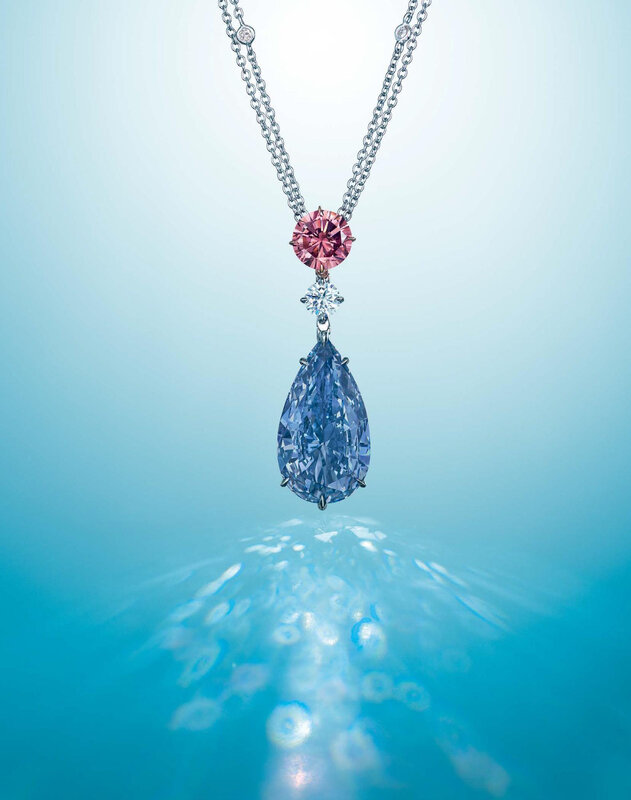

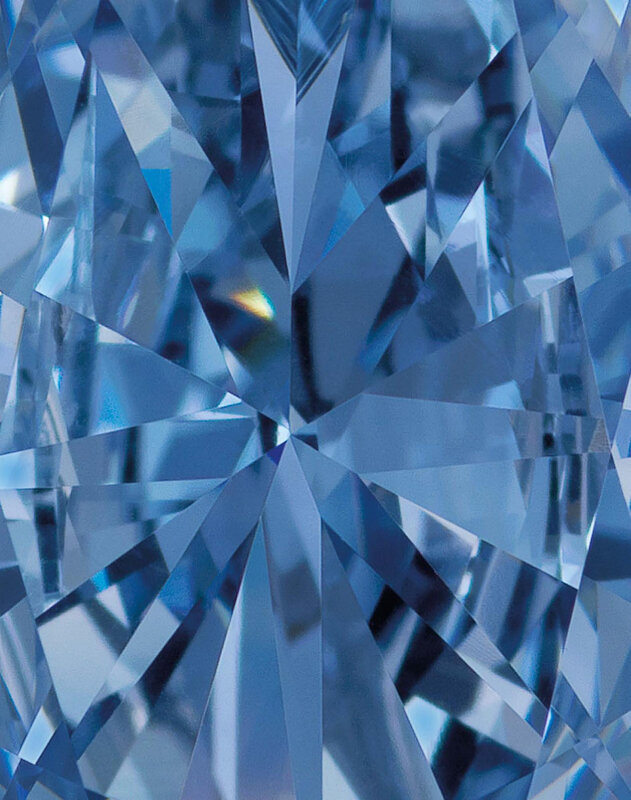

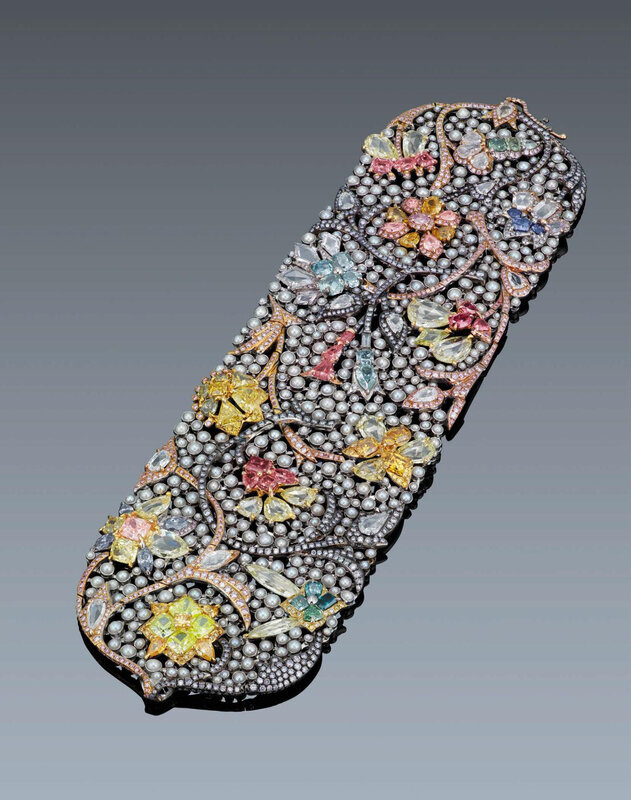





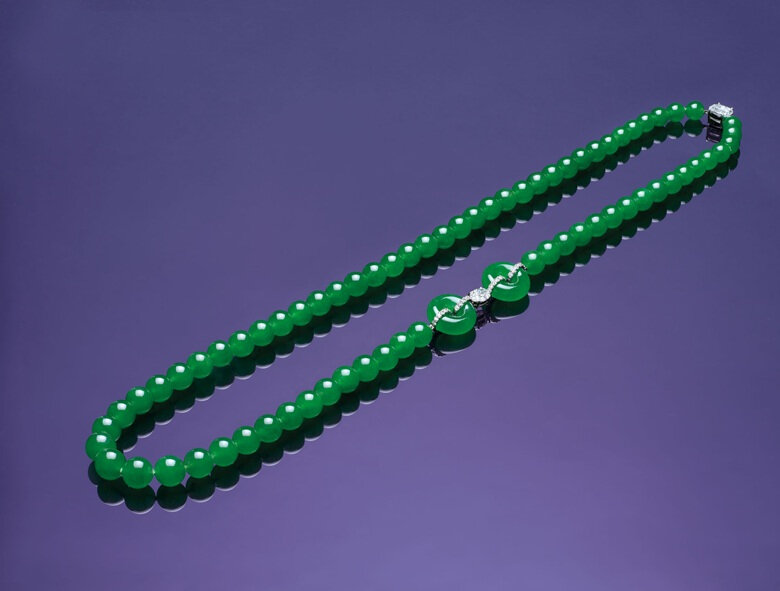

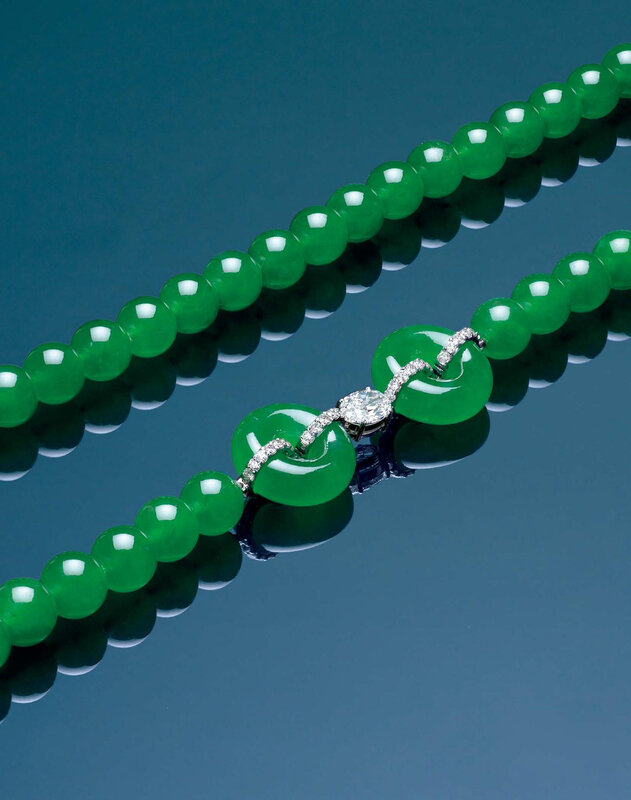

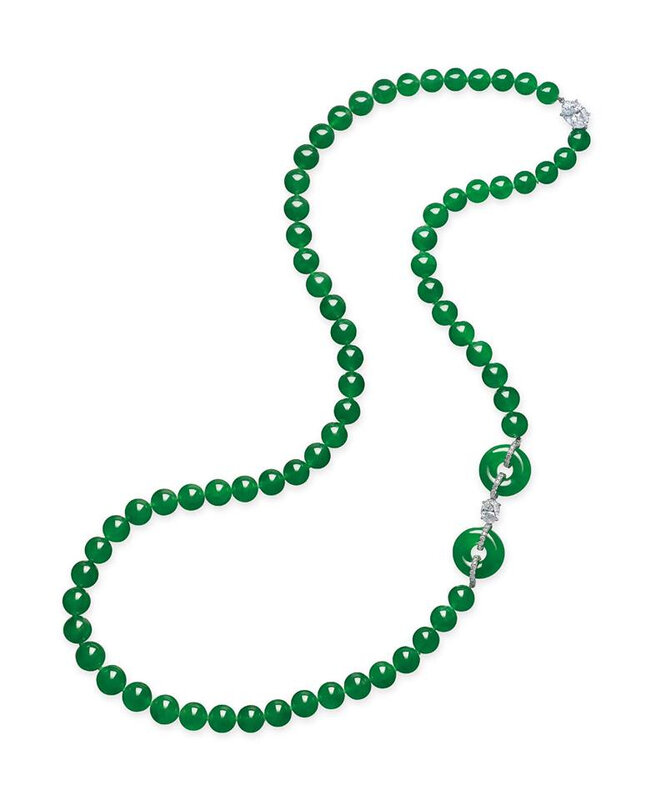
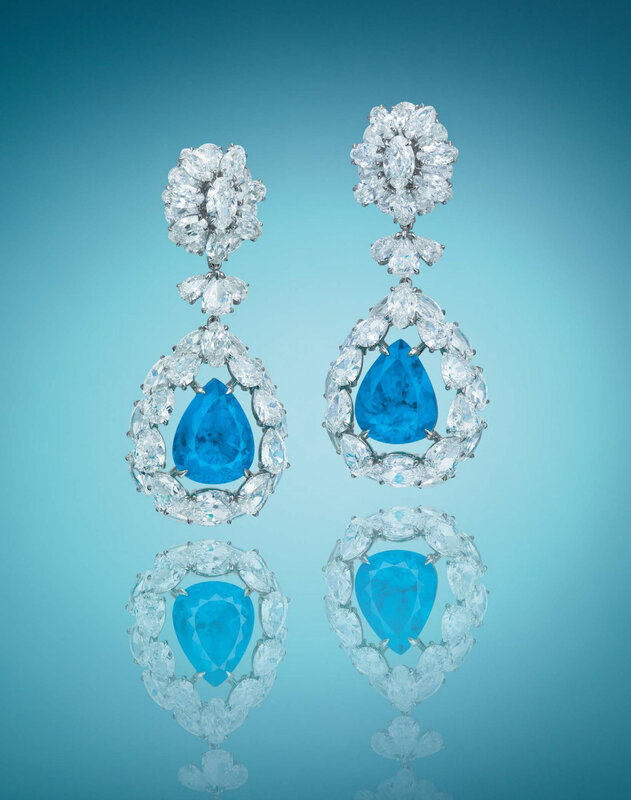
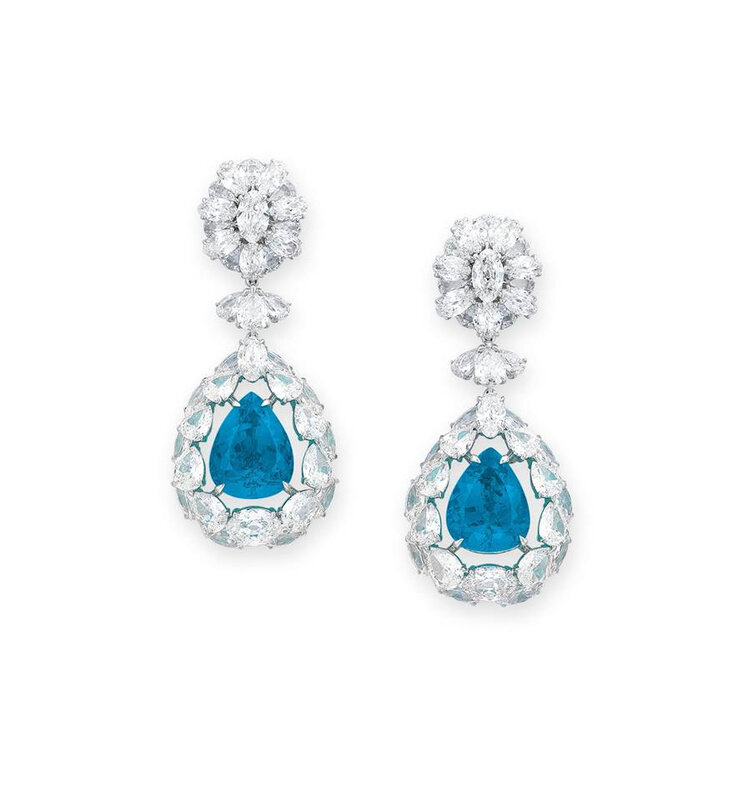
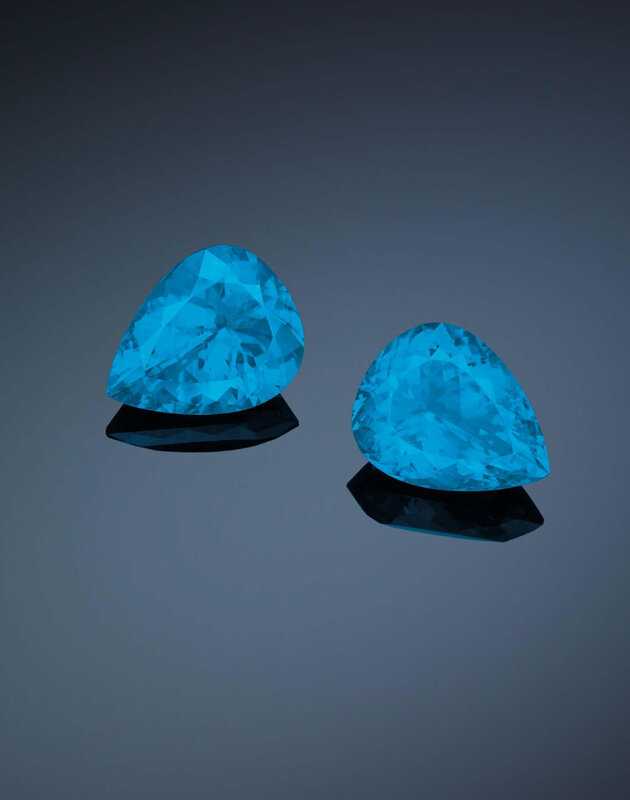
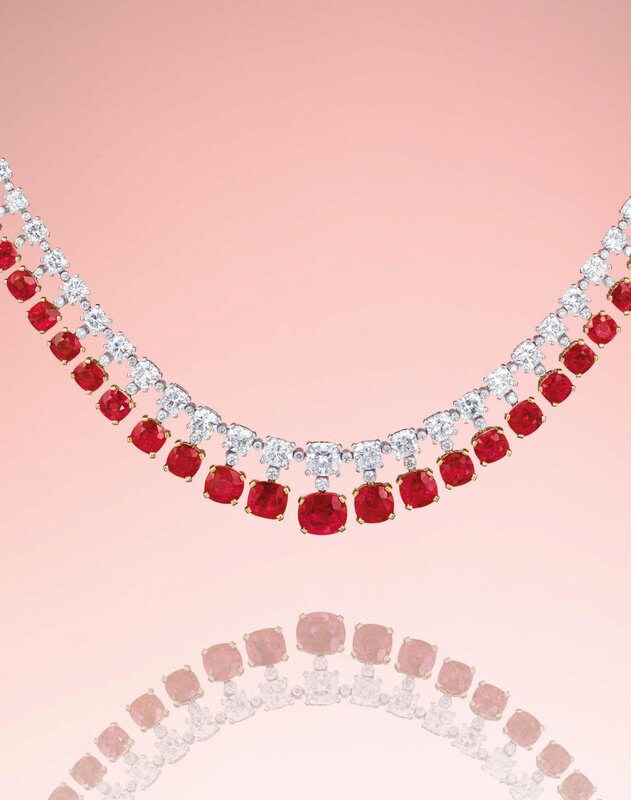
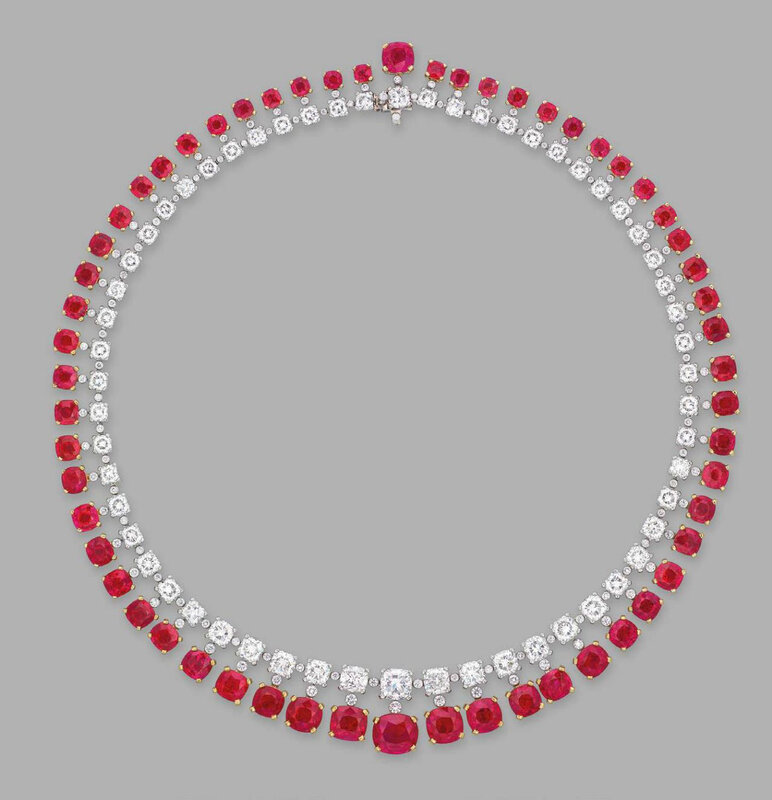
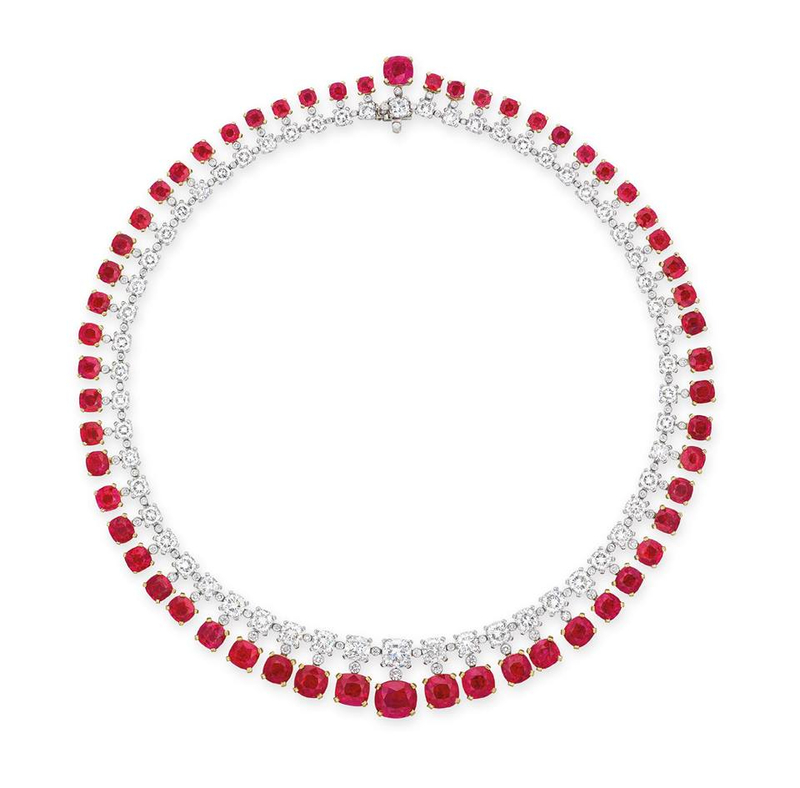
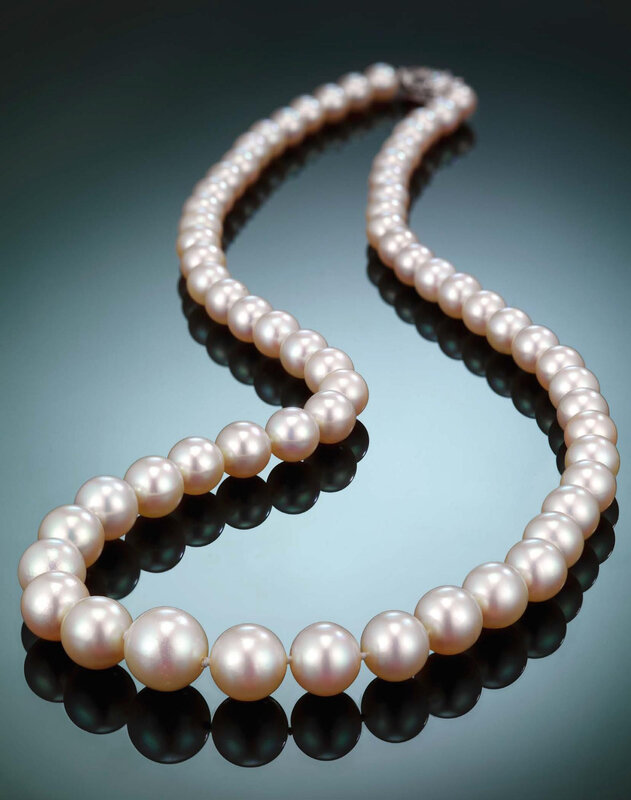
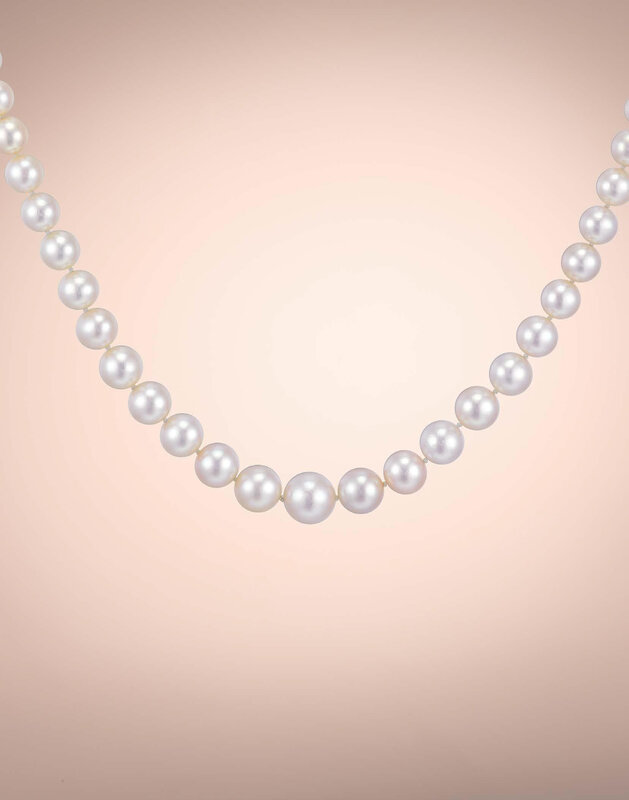


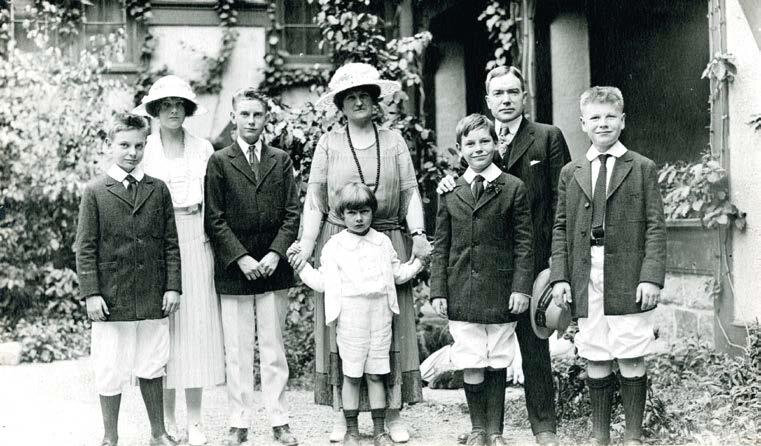


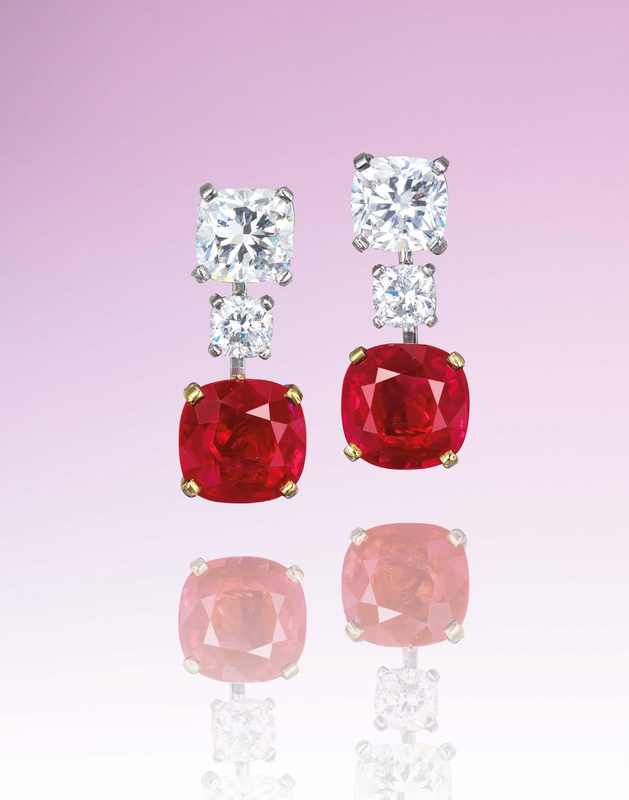




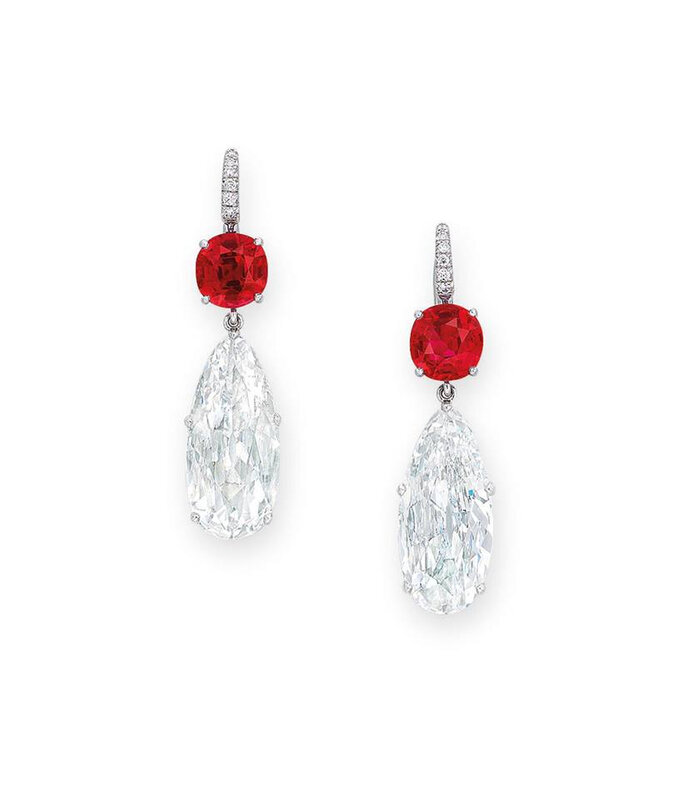


/http%3A%2F%2Fstorage.canalblog.com%2F20%2F38%2F119589%2F127013462_o.jpg)
/http%3A%2F%2Fstorage.canalblog.com%2F92%2F67%2F119589%2F120934669_o.jpg)
/http%3A%2F%2Fstorage.canalblog.com%2F96%2F66%2F119589%2F112476718_o.jpg)
/http%3A%2F%2Fstorage.canalblog.com%2F39%2F77%2F119589%2F112414586_o.jpg)